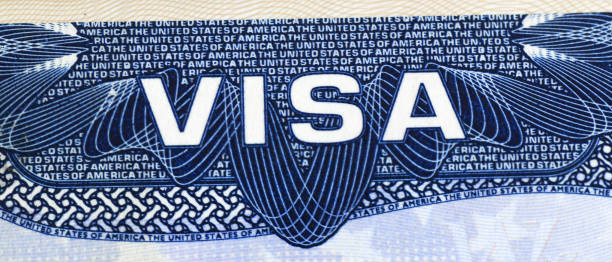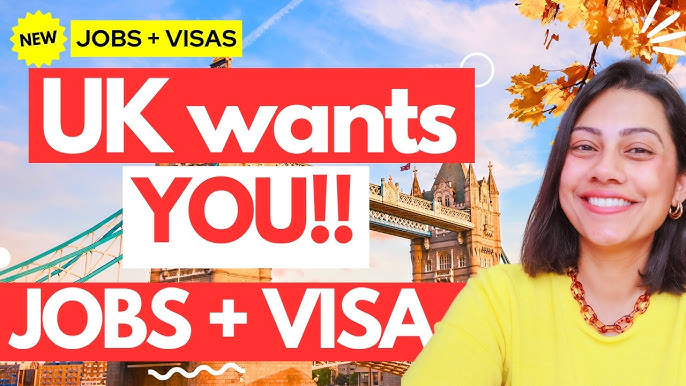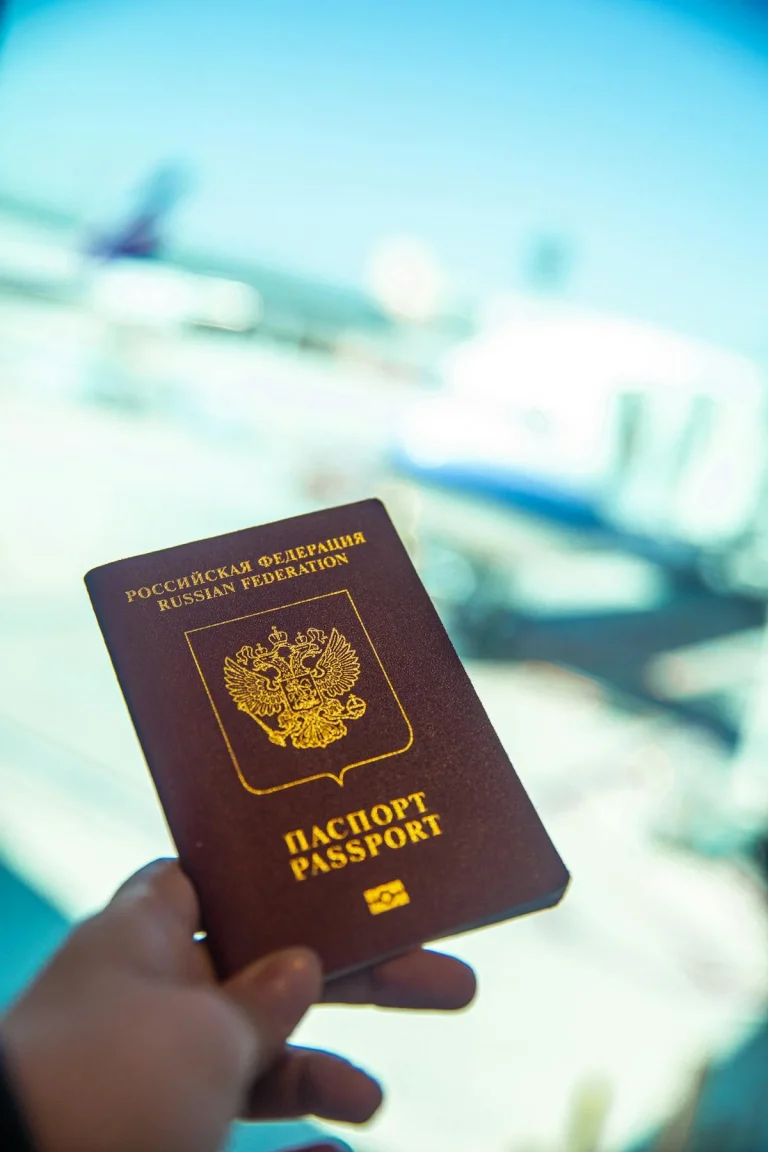Understanding Different Types of Visa Sponsorship: Work, Student, and Family
Visa sponsorship is a critical step for anyone looking to live, work, or study abroad. It’s the process by which an individual or organization supports your visa application, ensuring you meet the legal requirements to enter and stay in a foreign country. However, not all visa sponsorships are the same. Depending on your goals, you may need a work visa, student visa, or family visa. In this guide, we’ll break down the different types of visa sponsorship, how they work, and what you need to know to navigate the process successfully.
1. Work Visa Sponsorship
Work visa sponsorship is the most common type and is designed for individuals seeking employment in a foreign country. Employers act as sponsors, vouching for your skills and ensuring you meet the legal requirements to work. Here’s what you need to know:
Types of Work Visas
- H-1B Visa (United States): For skilled workers in specialty occupations, such as IT, engineering, and healthcare.
- Tier 2 Visa (United Kingdom): For skilled workers with a job offer from a UK employer.
- Skilled Worker Visa (Canada): Part of Canada’s Express Entry system, designed for highly skilled professionals.
- EU Blue Card (European Union): For non-EU citizens with advanced qualifications working in EU countries.
How to Secure Work Visa Sponsorship
- Find Employers Willing to Sponsor: Research companies with a history of sponsoring visas or those in industries facing talent shortages.
- Highlight In-Demand Skills: Emphasize skills that are hard to find locally, making you a valuable candidate.
- Understand the Process: Work visas often require proof of qualifications, a job offer, and sometimes a labor market test to ensure no local candidates are available.
Pro Tip: Networking and building relationships with employers can significantly increase your chances of securing work visa sponsorship.
2. Student Visa Sponsorship
Student visa sponsorship allows international students to study at educational institutions abroad. The sponsoring institution, typically a university or college, supports your visa application and ensures you meet the requirements to study in their country.
Types of Student Visas
- F-1 Visa (United States): For full-time students enrolled in accredited U.S. institutions.
- Tier 4 Visa (United Kingdom): For students accepted into UK educational programs.
- Student Visa (Australia): For international students enrolled in Australian schools, colleges, or universities.
- Study Permit (Canada): Required for international students studying in Canada for more than six months.
How to Secure Student Visa Sponsorship
- Get Accepted into a Program: Apply and gain admission to a recognized educational institution.
- Prove Financial Stability: Most countries require proof that you can support yourself financially during your studies.
- Meet Language Requirements: Some countries require proficiency in the local language or English, demonstrated through tests like IELTS or TOEFL.
Pro Tip: Scholarships and financial aid can sometimes cover visa fees and living expenses, making it easier to meet financial requirements.
3. Family Visa Sponsorship
Family visa sponsorship allows individuals to join their family members who are already living abroad. The sponsoring family member must meet certain criteria to prove they can support you financially and provide a stable living environment.
Types of Family Visas
- Family Reunification Visa (European Union): Allows non-EU family members to join their relatives in an EU country.
- Spouse Visa (United Kingdom): For partners of UK citizens or permanent residents.
- IR-1/CR-1 Visa (United States): For spouses of U.S. citizens seeking permanent residency.
- Parent Visa (Australia): Allows parents to join their children who are Australian citizens or permanent residents.
How to Secure Family Visa Sponsorship
- Prove the Relationship: Provide documentation, such as marriage certificates or birth certificates, to prove your relationship with the sponsor.
- Meet Financial Requirements: The sponsoring family member must demonstrate they can support you financially without relying on public funds.
- Understand Residency Rules: Some family visas require the sponsor to be a permanent resident or citizen of the host country.
Pro Tip: Processing times for family visas can be lengthy, so apply as early as possible and ensure all documents are accurate and complete.
Key Differences Between Visa Types
While all visa sponsorships involve a sponsor supporting your application, the requirements and processes vary significantly:
- Work Visas: Focus on your professional qualifications and the employer’s need for your skills.
- Student Visas: Emphasize your academic goals and financial stability.
- Family Visas: Center around your relationship with the sponsor and their ability to support you.
Tips for a Successful Visa Application
Regardless of the type of visa sponsorship you’re pursuing, these tips can help streamline the process:
- Research Thoroughly: Understand the specific requirements for your target country and visa type.
- Prepare Documentation: Gather all necessary documents, such as passports, proof of relationship, financial statements, and academic records.
- Seek Professional Help: Immigration lawyers or consultants can provide valuable guidance and ensure your application is error-free.
- Be Patient: Visa processing can take time, so plan ahead and avoid last-minute applications.
Final Thoughts
Understanding the different types of visa sponsorship is the first step toward achieving your international goals. Whether you’re pursuing a work visa to advance your career, a student visa to further your education, or a family visa to reunite with loved ones, each path has its own requirements and challenges.
By doing your research, preparing thoroughly, and seeking the right support, you can navigate the visa sponsorship process with confidence. The world is full of opportunities—take the first step today and turn your dreams of living abroad into reality.







